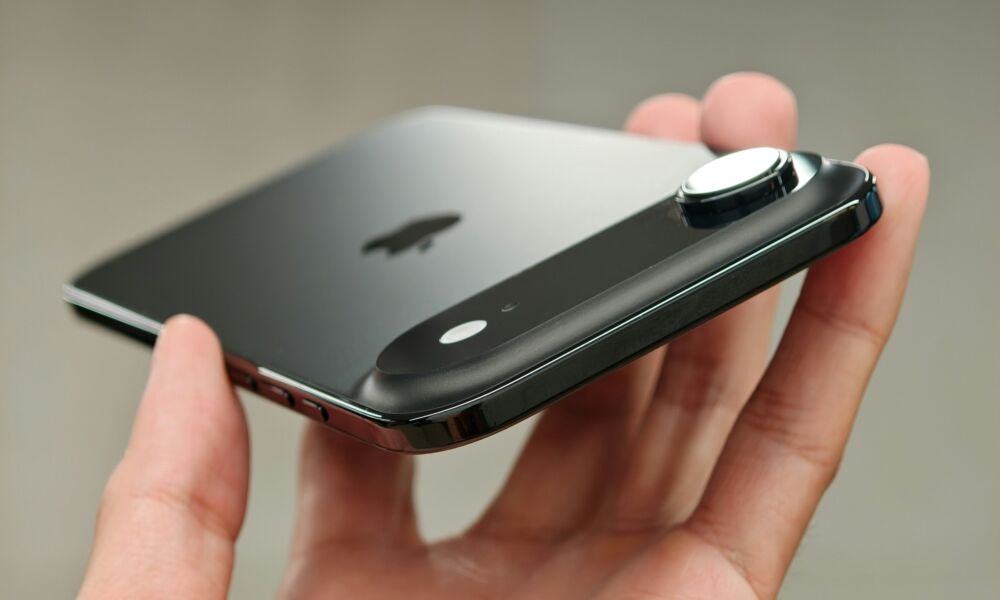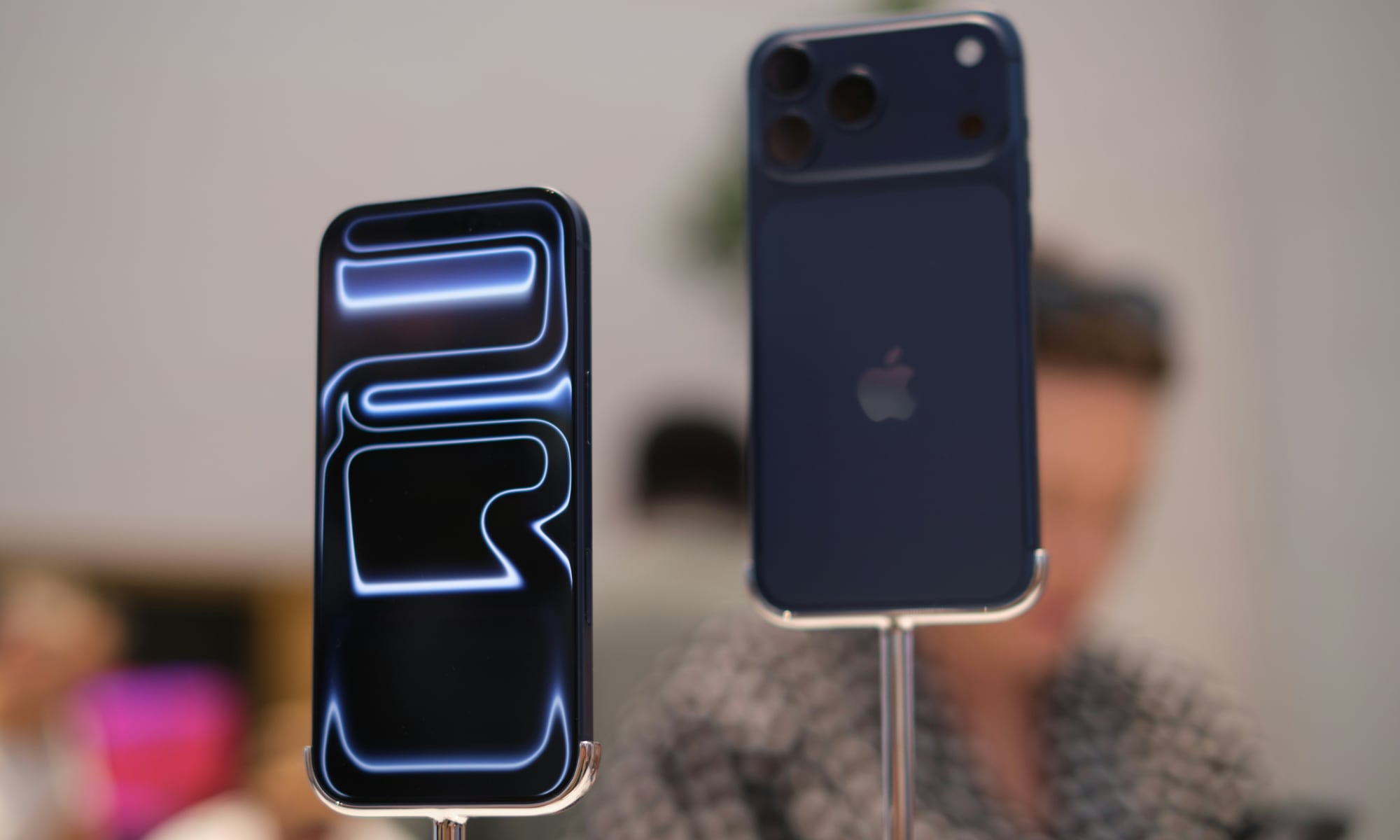Is the iPhone Air Already on the Way Out?
 Thai Nguyen
Thai Nguyen
Toggle Dark Mode
Apple’s ultra-thin iPhone Air, which debuted last month, doesn’t appear to have sold as well as the company expected. Analysts have noted that delivery times haven’t slipped at all from the first day it went on sale — a good sign that Apple’s supply of the handset has easily kept up with demand.
Now, Nikkei Asia reports that Apple has slashed production orders for the iPhone Air to levels typically seen only when a device is nearing the end of its production run:
Apple has instructed multiple suppliers to significantly reduce component and electronics module orders for the iPhone Air, according to two people with direct knowledge of the situation. […] “The total forecast has almost entered end-of-production mode, dropping significantly compared to earlier projections, to only about 10% fewer orders compared with September starting in November,” one of the component supplier managers said.
Lauly Li and Cheng Ting-Fang, Nikkei Asia
Estimated delivery times are a good indicator of an Apple product’s popularity, as high demand quickly consumes existing stock, forcing customers to wait for Apple’s assembly partners to produce more. However, unlike many new iPhone models, which often see their delivery times slip almost immediately after preorders open, the iPhone Air remains readily available for both deliveries and in-store purchases.
Several analysts have pointed to soft demand for the Air. Recently, Japan’s Mizuho Securities said Apple is planning to slow production of the slimmest-ever iPhone, thanks to lower-than-expected sales. Morgan Stanley has predicted production boosts for the iPhone 17, iPhone 17 Pro, and iPhone 17 Pro Max, notably omitting the iPhone Air from the list. These all paint a consistent picture across the industry: demand for the Air is lagging while Apple’s other models thrive.
Adding fuel to the fire, Counterpoint Research recently noted that sales of the base model iPhone 17 and the flagship iPhone 17 Pro Max continued to be strong, again with no mention of the iPhone Air.
In a dissenting opinion, analysts from Wedbush believe the iPhone Air is selling better in China, where its launch was delayed until last week following regulatory holdups related to its eSIM-only design.
While the iPhone Air’s sales may have been disappointing, overall production across the new iPhone lineup is remaining strong. The report says that “unexpectedly robust demand” for other iPhone 17 models has made up for weak demand for the iPhone Air.
The publication says its sources tell it that Apple has increased production orders for the base model iPhone 17 by approximately 5 million units, while also increasing orders for the flagship iPhone 17 Pro models by an unspecified amount.
More specifically, Counterpoint Research notes the iPhone 17 Pro Max has performed particularly well in early sales in the United States, thanks to attractive subsidies and promotions by the major US cellular carriers, AT&T, T-Mobile, and Verizon. In China, demand for the base iPhone 17 has reportedly been close to double that of last year’s base iPhone 16 model, with sales boosted by Apple’s decision to offer improved specs in the iPhone 17 at the same price as its predecessor, along with discounts and promotions in the country.
This suggests that Apple has largely managed to strike a balance by enhancing its base models with additional value, while also incorporating enough appealing features into its high-end devices to maintain buyer interest. However, the iPhone Air’s soft performance echoes its past struggles with finding a sweet spot for a fourth option. Much like the ill-fated iPhone mini, the Air’s lukewarm reception could be another reminder that thinner isn’t always better when value and battery life remain the top priorities for most buyers.








